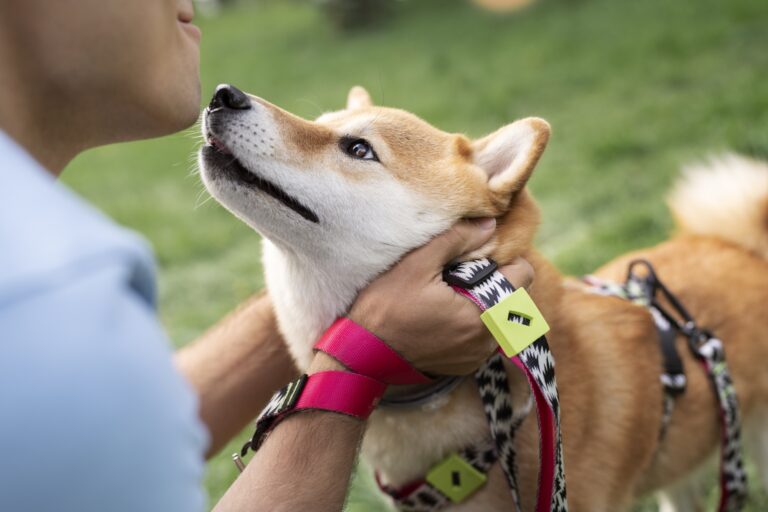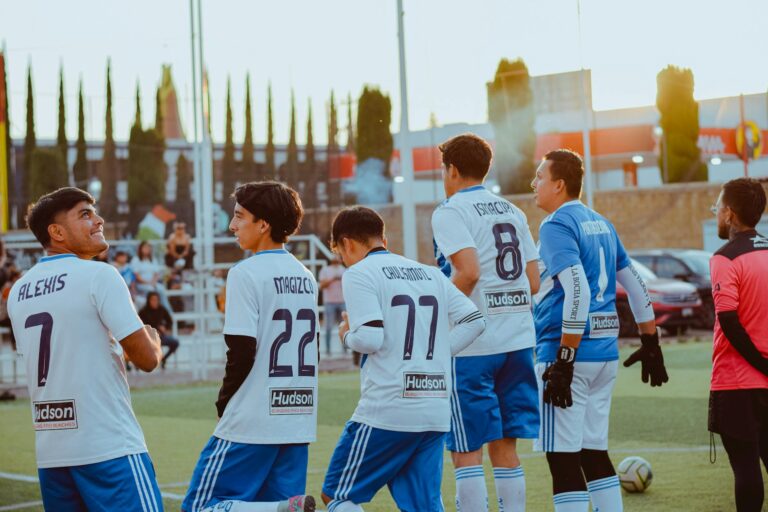Things I Should Know When Training My Dog

At our dog training lessons in Northern Virginia, we always cover the things you should and should not do while working with your dog in-between sessions. We will cover a few of these things in this blog.
Overtraining:
Regardless of what training method you choose to train your dog, one of the biggest things you do not want to do is to over-train. Always end your training sessions when the dog is still having fun and is actively engaged in the training. Again, you want to make this a fun process, not a dreaded one. This is especially important with puppies. Everyone wants to get their new puppies trained as rapidly as possible, however, they lose focus of the fact that they are only two or three months old and have an extremely short attention span. If you find yourself chasing your puppy or dog around in order to get it to participate in training, the training session was probably too long and he has completely lost interest. As a general rule, 10-week-old puppies can take about 10 minutes of training at a time; five-month-old puppies can do about 45 minutes at a time. Remember, always end training when the dog wants to keep going, to build up the drive to train.
Rewarding Marginal Performance:
Once your dog knows the command, never reward him for anything less than exactly what you wanted him to. In training, we see this happen with owners and dogs all too often and it can quickly turn an amazing obedience dog into a marginal one if it continues. For example, if you give the command “down” and your dog almost lies down but is still hovering slightly above the floor and you reward that, he will learn that he does not have to go all the way down in order to get rewarded. By doing this, your dog learns, “Why go all the way down if I can go halfway and get rewarded? I can do half the job and still get the reward.” I always tell my clients, “Never reward them once for something you wouldn’t want them to do the next 10 times.” Dogs are creatures of habit, and they learn amazingly well through repetition. If you reward them once for something, they will try that same thing the next 10 times, especially if it requires less work. So, never reward them for something you wouldn’t want them to always do. If they mess up the command or don’t do it all the way, make them finish it or just start again from the beginning, but do not reward them unless you want the behavior to be repeated. I recently just told someone, “The best thing about dogs is they will do exactly what you accept from them. If you only except perfection, they will be perfect; however, if you accept good enough, they will be good enough.”
Knowing Your Limits:
I have had many people at our dog training facility in Northern Virginia tell me, “I once tried electronic collar training on my dog, but I really wasn’t sure how to use it.” If you do not know how to PROPERLY use a prong collar, electronic collar (etc), find a qualified trainer who does. As I say all of the time, “More people ruin their dogs with improper use of these training tools than people benefit their dogs.” When these tools are properly used, you can build confidence, create a close bond, and make a dog amazing. However, if you do not know how to use, you can cause more problems, ruin their confidence, and be left with a cowering dog. You can read about these training methods in the blog on electronic collar training.
Too Quick To Add Distractions:
Don’t be too quick to incorporate distractions while training your dog. I have found that people find this hardest to accept when we start training their dog at our facility. Their dog will have just finished the first lesson and the owner will ask, “Should we start practicing this with a lot of distractions?” No. Your dog (and YOU) has to be amazing at the commands without distractions before they will be great with distractions. If your dog is mediocre at a command when it is just the two of you practicing, you can expect nothing but less than mediocre with multiple distractions. It is important to have your dog nearly flawlessly obedient before you start to incorporate distractions. Once he is to the point of near perfection, the distractions should be incorporated slowly. Meaning, do not take them to the middle of the dog park and practice as their first test run with distractions. Start with one other dog around, then two dogs with a couple of people, and then build up from there. By ensuring they are near perfection and then building them up to multiple distractions, you are setting them up for success in their training.
Work and Pleasure:
Do not make your sessions obedience training with play built in; try to make them play with obedience built in. What’s the difference? Your mindset. When working with your dog, think of it as playing with him and throwing obedience into the play. If you think of it this way, and act this way, then your dog will think the same thing. Dogs are like people—they are much more motivated to learn if they want to do something versus if they feel like they have to do something. If you take them out with the intention of making them work on obedience, then they will feel like it is work and will not be as receptive nor motivated. However, if you are taking them out to play and simply incorporate the obedience into the play, then they will be much more receptive because they are wanting to learn. When you find a good balance of play and training, your dog should not even realize he is training. For example, you could be playing with your dog, tell him to down, sit, stand (etc) and as soon as he does, excitedly release him and throw the ball or play tug. He does not see this as doing work, he sees it simply as playing.
Stop If Frustrated:
Do not get frustrated when working with your dog. I know, it sounds a lot easier than it sometimes is. Remember, if you are properly correcting and motivating your dog with whatever drives him (treats, tug, toy, ball, etc.), then he wants to learn! So, if for some reason he just isn’t picking it up, it is probably more your fault than his. There is a communication problem, and since you are the only one communicating what needs to happen, it is a problem on your end. If you find yourself getting frustrated, it’s probably time to stop training for the time being. Also, this will give you time to stop, calm down, and reevaluate your teaching style and method. Again, dogs are like people—what works for one does not necessarily work for another. So, if you saw a great training method on TV, the Internet, or in a book (even this book) do not be afraid to tailor that to what you find works best for your dog. Do not get tunnel vision and start thinking the method you saw is the only way to achieve the desired result. This is the trap that MANY “treat only” trainers fall into. They cannot fix an aggressive dog (for example) with their training method, so they tell the owners it cannot be fixed, only because it could not be fixed with THEIR method.
Get Creative in Training:
Constantly try to find new things to teach your dog to do. So many people get so focused on teaching them just the basic commands; those are very boring for your dog once he masters them. As soon as your dog masters one command, move forward and teach something new, then repeat. Many people are in awe of my dog, Duke, because he knows 25+ commands in English and some in German, and personal protection, and drug detection on 4 odors. As soon as Duke masters a command, I try to be creative and think of something else to start working on with him, in addition to the commands he already knows. It’s a constant learning and practicing process. Think of your dog like a kid in school who didn’t just learn addition in math and then was done for the rest of his or her life. Once learned the basics, and once those were mastered, moved up to something harder. Just like with us, for your dog, learning should be an ongoing cycle that never ends. Dogs that are always learning are never bored. In fact, dogs love to learn just like people do. It stimulates them mentally and makes them use their brain instead of just lying around, eating, and going out to the restroom.
Consistency:
Be consistent in your reward, your correction, and your expectations. Consistency is truly the key in dog training. Make the rules of obedience for the dog simple and fair, the easiest way to do this is by not changing the rules. Imagine if you were learning a new game and the rules changed every time you played, would be pretty difficult to learn to master, right? Your dog is no different.
www.offleashk9training.com
www.youtube.com/offleashk9training.com
www.facebook.com/offleashk9



